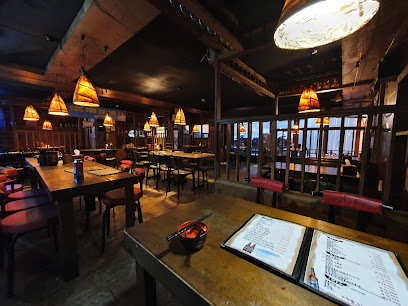
Inwangsa: A Serene Escape into Seoul’s Spiritual Heritage
Discover tranquility at Inwangsa, a serene Buddhist temple in Seoul that harmonizes nature and spirituality amidst the urban landscape.
Nestled in the heart of Seoul, Inwangsa is a tranquil Buddhist temple that offers tourists a unique glimpse into Korea’s rich spiritual traditions. With its beautiful architecture and serene surroundings, visitors can immerse themselves in a peaceful atmosphere that contrasts with the bustling city life. Inwangsa is not only a place of worship but also a cultural landmark, making it an essential stop for those seeking a deeper understanding of Korean heritage.
A brief summary to Inwangsa
- 16-1 Tongil-ro 18ga-gil, Jongno District, Seoul, 110-080, KR
- +822-737-4434
- Visit website
Local tips
- Visit early in the morning to enjoy the peaceful atmosphere and avoid crowds.
- Dress modestly out of respect for the temple's spiritual significance.
- Take a guided tour to learn more about the temple's history and Buddhist practices.
- Bring a camera to capture the stunning views and unique architecture.
- Don’t miss the nearby hiking trails for a chance to experience the local natural beauty.
Getting There
-
Subway
Start your journey by taking the Seoul Subway Line 3 (the Orange Line). If you're coming from a central location like Myeongdong, get on at Myeongdong Station and travel towards Daehwa Station. Get off at Gyeongbokgung Station (2 stops). Upon exiting the station, follow the signs to the exit 2.
-
Walking
Once you exit Gyeongbokgung Station (Exit 2), walk straight for about 400 meters until you reach the main road, Tongil-ro. You should see the beautiful Gyeongbokgung Palace on your right. Continue walking along Tongil-ro until you reach the intersection with Tongil-ro 18ga-gil.
-
Walking
Turn left onto Tongil-ro 18ga-gil and walk for about 200 meters. You will see Inwangsa on your right side, located at 16-1 Tongil-ro 18ga-gil, Jongno District, Seoul. The temple is nestled against the backdrop of Inwangsan Mountain, providing a stunning view.
-
Landmark Reference
If you need additional references, the nearby landmark is Gyeongbokgung Palace, which is a very popular tourist attraction. Inwangsa is just a short walk from there, making it easy to include in your itinerary.
Discover more about Inwangsa
Iconic landmarks you can’t miss
Seoul Hanyangdoseong Fortress
0.4 km
Discover the historic Seoul Hanyangdoseong Fortress, where Korea's past meets stunning views in the heart of Seoul.
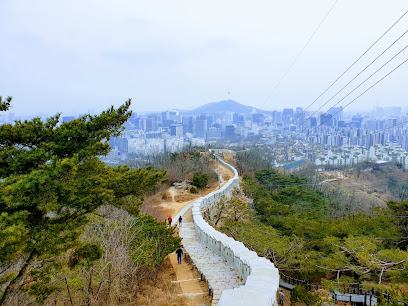
Yeongchumun (West Gate)
1.3 km
Explore Yeongchumun, the West Gate of Gyeongbokgung Palace—an iconic historical landmark where Korea's royal history comes to life.
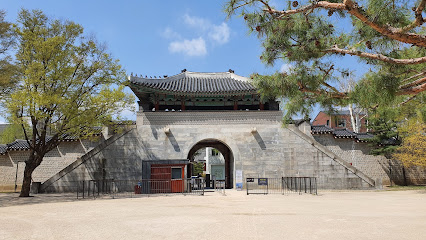
Sinmumun Gate
1.5 km
Explore the historic Sinmumun Gate, a majestic symbol of Seoul's rich heritage and architectural beauty, nestled in the heart of the city.
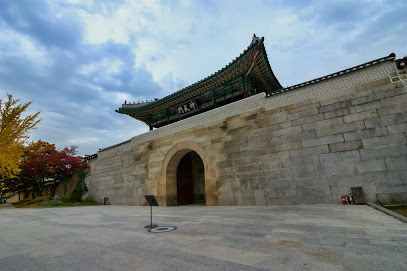
Geunjeongjeon
1.5 km
Explore the grandeur of Geunjeongjeon, a cultural landmark in Seoul, showcasing the rich heritage and architectural brilliance of the Joseon Dynasty.
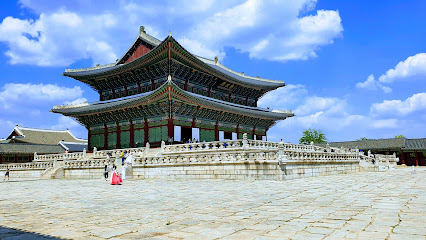
Heungnyemun Gate
1.5 km
Explore the historic Heungnyemun Gate, a stunning entrance to Gyeongbokgung Palace in Seoul, showcasing traditional Korean architecture and rich cultural history.

Gyeongbokgung Palace
1.5 km
Experience the grandeur of Gyeongbokgung Palace, a cultural landmark in Seoul that showcases Korea's rich history and breathtaking architecture.
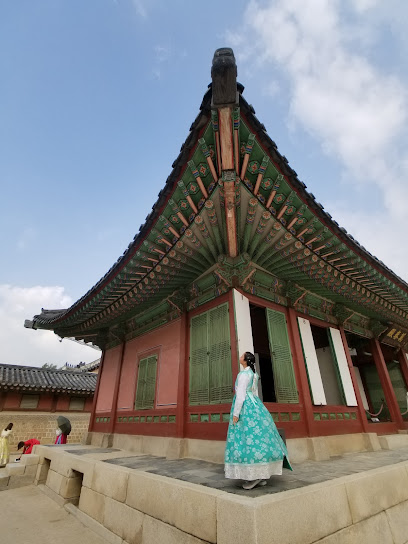
Gwanghwamun Gate
1.5 km
Explore Gwanghwamun Gate, a stunning historical landmark in Seoul, showcasing Korea's rich culture and heritage at the entrance of Gyeongbokgung Palace.

Jibokjae
1.5 km
Discover the elegance and history of Jibokjae, a royal guesthouse showcasing Korea's architectural beauty and cultural heritage.

Blue House
1.6 km
Explore the Blue House, the official residence of the South Korean President, and immerse yourself in the rich culture and history of Seoul.
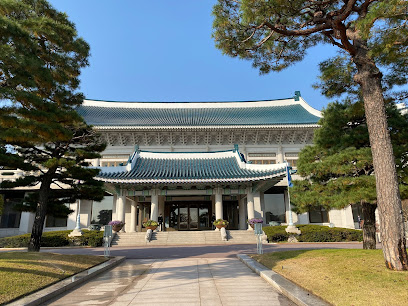
Jagyeongjeon
1.6 km
Explore the exquisite architecture and serene gardens of Jagyeongjeon, a royal landmark that embodies Korea's rich cultural heritage.
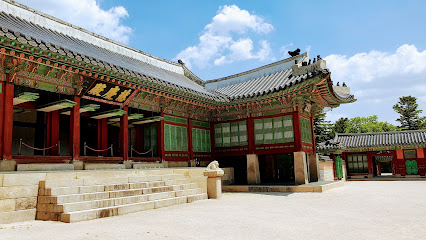
Statue of King Sejong the Great
1.6 km
Explore the rich cultural heritage of Korea at the Statue of King Sejong the Great, an iconic tribute to one of the nation's most revered monarchs.
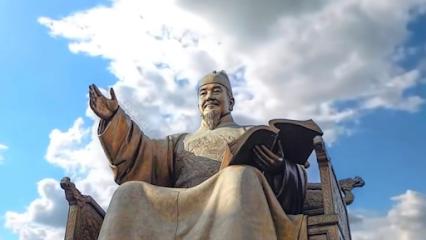
Road of Emperor Gojong
1.6 km
Explore the scenic Road of Emperor Gojong in Seoul, where history meets tranquility amidst beautiful landscapes and royal landmarks.
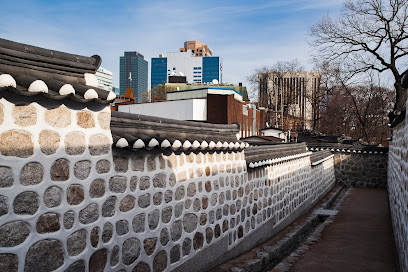
Gwanghwamun Square
1.7 km
Explore Gwanghwamun Square, a vibrant historical landmark in Seoul, rich with culture, stunning views, and significant monuments celebrating Korea's heritage.

Statue of Admiral Yi Sun-sin
1.7 km
Explore the iconic Statue of Admiral Yi Sun-sin in Seoul, a symbol of bravery and a must-visit cultural landmark reflecting Korea's maritime history.
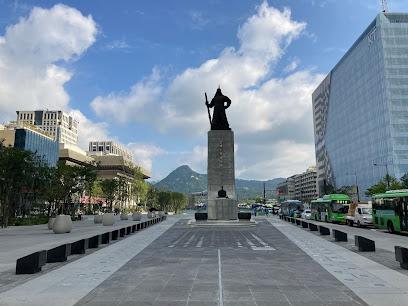
Deoksugung Palace Jungmyeongjeon
1.8 km
Discover the historical charm of Deoksugung Palace in Seoul, a stunning blend of Korean and Western architecture set in tranquil gardens.
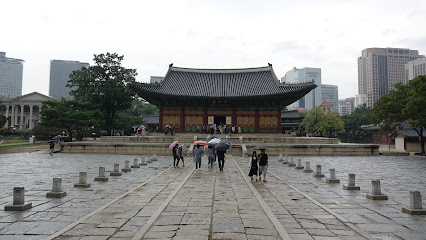
Unmissable attractions to see
Inwangjeong
0.3 km
Explore the picturesque Inwangjeong in Seoul, a scenic spot blending natural beauty and rich cultural heritage.
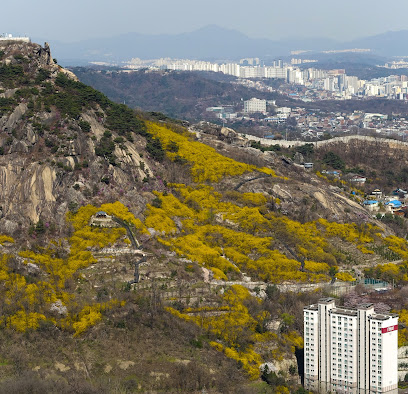
Beombawi Rock
0.4 km
Experience the breathtaking views and serene beauty of Beombawi Rock in Seoul's Jongno District, a must-visit scenic spot for all travelers.
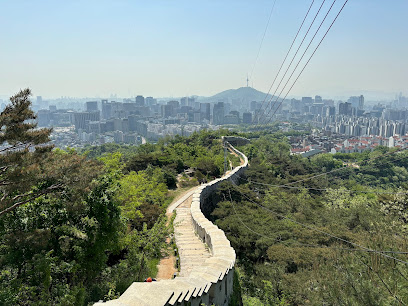
Inwangsan Entrance (Inwangcheon Mineral Spring)
0.4 km
Discover the serene hiking trails and refreshing mineral springs of Inwangsan Entrance in Seoul's Jongno District.
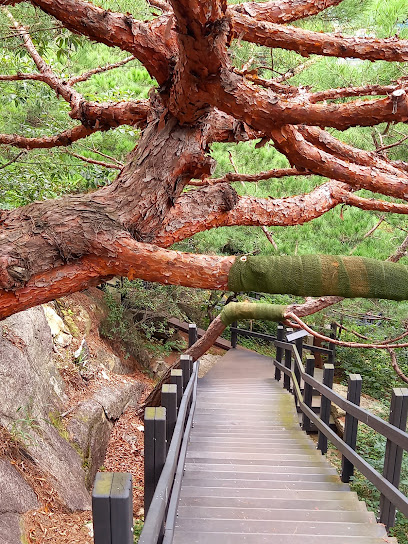
Inwangsan Mountain Park
0.4 km
Explore the natural beauty and cultural heritage of Inwangsan Mountain Park in the heart of Seoul, a must-visit destination for every traveler.
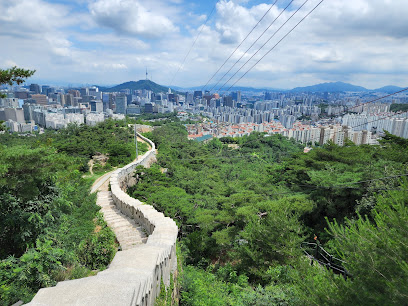
Inwangsan Mountain Park entrance (near Inwangsan IPARK)
0.4 km
Explore Inwangsan Mountain Park: A Scenic Hiking Oasis in the Heart of Seoul with Stunning Views and Rich Cultural Heritage.
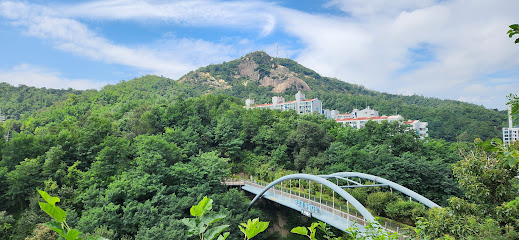
Suseongdong Valley
0.5 km
Explore the tranquil beauty of Suseongdong Valley, a serene nature preserve in the heart of Seoul, perfect for relaxation and scenic strolls.
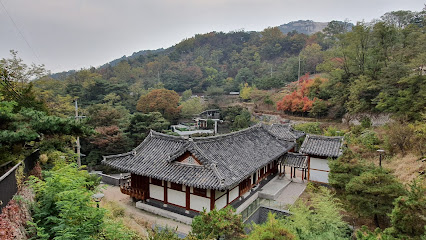
Inwangsan Mountain Hiking Trail
0.5 km
Discover the breathtaking views and rich culture along the scenic Inwangsan Mountain Hiking Trail in Seoul, a must-visit for every traveler.
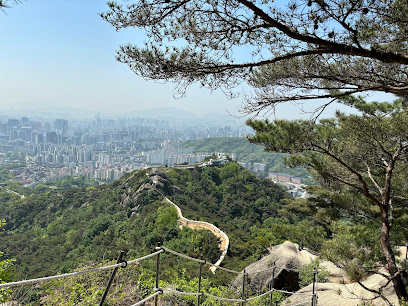
Seodaemun Independence Park
0.6 km
Discover the serene beauty and historical significance of Seodaemun Independence Park, a must-visit memorial park in the heart of Seoul.
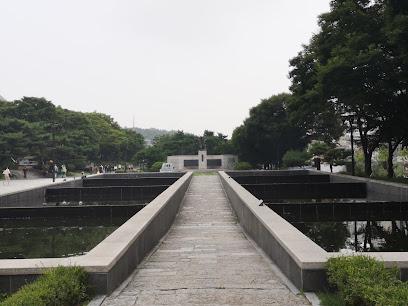
Seodaemun Prison History Hall
0.6 km
Explore the rich history and emotional depth of Korea's fight for independence at Seodaemun Prison History Hall in Seoul.
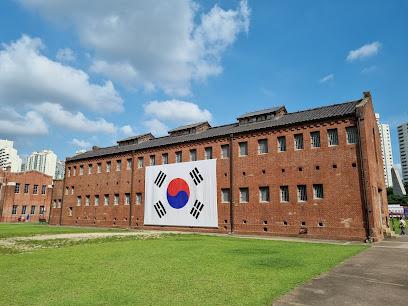
Inwangsan (Hanyangdoseong Fortress) Walking Trail Entrance
0.7 km
Discover the breathtaking views and rich history of Inwangsan Walking Trail, an essential stop for nature lovers and history enthusiasts in Seoul.

Dongnimmun Arch (Independence Gate)
0.7 km
Discover the historical significance of Dongnimmun Arch, a symbol of Korea's independence, and explore its vibrant surroundings in Seoul.
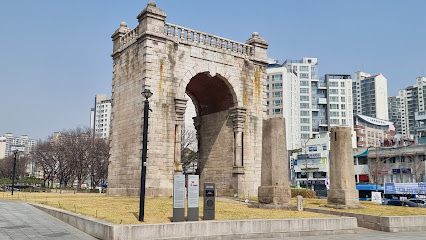
Inwangsan
0.7 km
Experience the stunning views, rich culture, and serene trails of Inwangsan, a must-see mountain peak in the heart of Seoul.
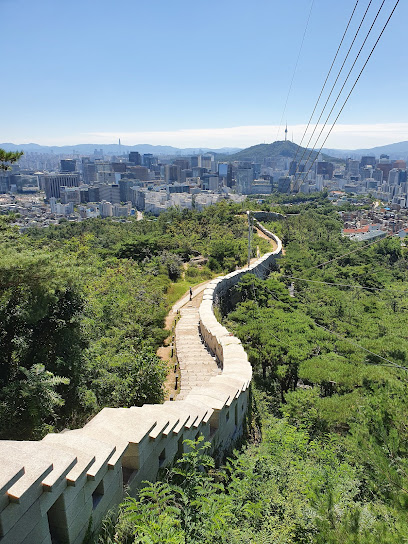
Seokguram
0.7 km
Explore Seokguram, a serene Buddhist temple in Seoul known for its stunning architecture and rich spiritual heritage, perfect for cultural enthusiasts and nature lovers alike.
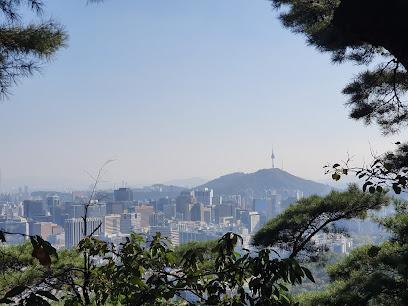
Mumudae Observatory
0.7 km
Experience the stunning panoramic views of northern Seoul at Mumudae Observatory, your gateway to the city’s breathtaking skyline.
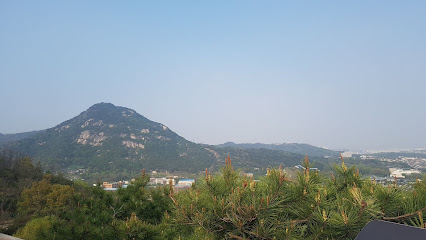
Sajik Park
0.8 km
Explore Sajik Park, a serene retreat in Seoul's Jongno District, combining lush landscapes with rich heritage and cultural significance.
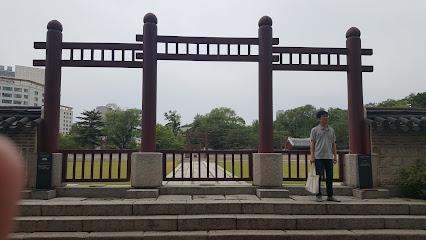
Essential places to dine
Urban Garden
1.5 km
Discover Urban Garden in Seoul – where authentic Italian flavors meet contemporary elegance in a vibrant atmosphere.
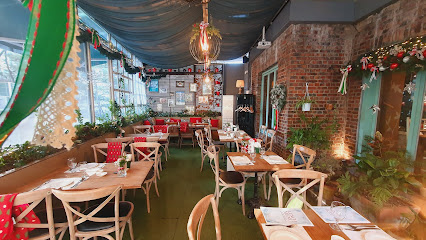
The Market Kitchen
1.7 km
Explore culinary excellence at The Market Kitchen in Seoul with an expansive buffet featuring global flavors and local specialties.
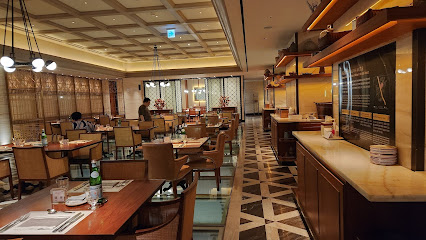
Akira Back
1.7 km
Experience culinary artistry at Akira Back in Seoul – where Canadian flavors meet Korean inspirations in a fine dining setting.
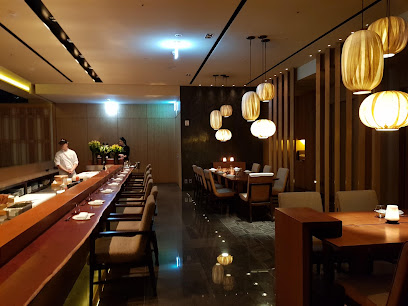
Dugahun
1.8 km
Experience authentic Italian flavors at Dugahun in Jongno District, Seoul – where culinary excellence meets vibrant atmosphere.
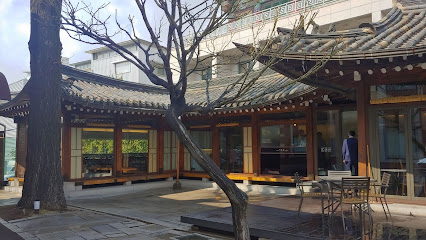
The Restaurant
1.8 km
Experience the perfect fusion of Haute French and Italian cuisine at The Restaurant in Seoul's Jongno District.
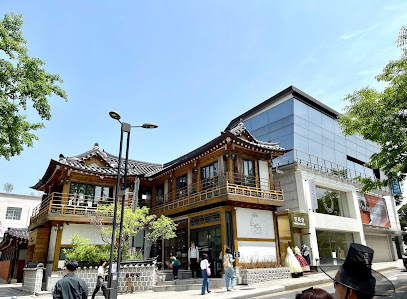
PKM Garden Restaurant & Cafe
1.9 km
Experience the essence of Italy in Seoul at PKM Garden Restaurant & Cafe - where delightful flavors meet serene surroundings.

Korean Folk Village
2.1 km
Discover Korea's rich heritage at Korean Folk Village – an open-air museum showcasing traditional life with performances, crafts, and delicious cuisine.
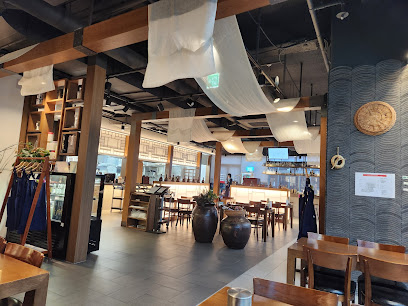
Insadong Geujip
2.2 km
Experience authentic Korean flavors at Insadong Geujip - where tradition meets culinary excellence in Seoul's historic district.
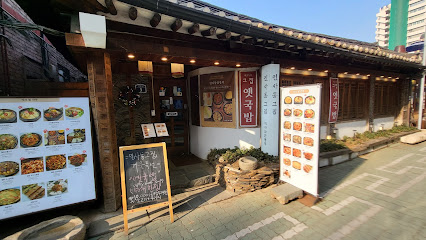
Ha-Yeon Korean Cuisine Restaurant
2.3 km
Savor authentic Korean traditional full-course meals at Ha-Yeon in Jongno-gu, where every dish tells a story.
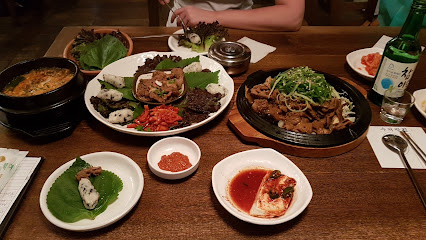
PyeongYang Gogitjip
2.4 km
Experience authentic Korean BBQ at PyeongYang Gogitjip in Jongno District, where flavors meet tradition in every grilled bite.
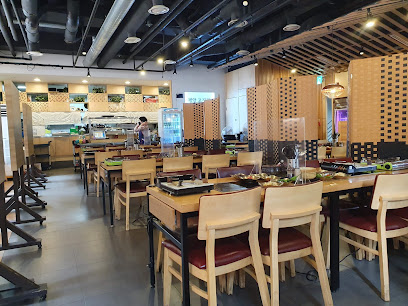
Doma Insadong
2.4 km
Discover authentic Korean flavors at Doma Insadong in Seoul's historic Insadong district – a perfect blend of tradition and taste.
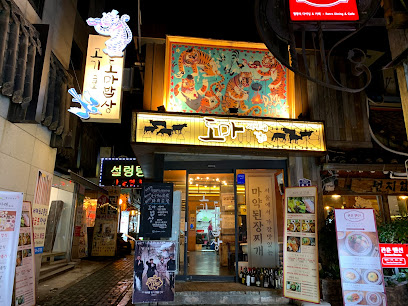
LE CHEF BLEU
2.4 km
Experience the elegance of French fine dining at Le Chef Bleu in Seoul's vibrant Jung-gu district.
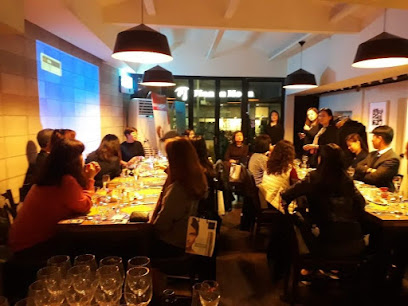
Sanchon
2.4 km
Discover authentic Korean vegetarian cuisine at Sanchon in Seoul's historic Insadong district—an unforgettable dining experience steeped in tradition.
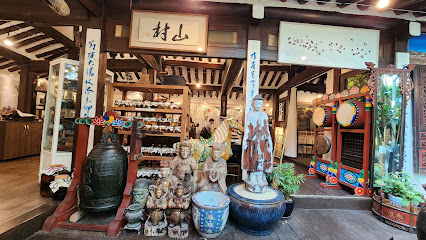
MUGUNGHWA
2.4 km
Experience the best of traditional Korean cuisine at Mugunghwa, where culinary artistry meets breathtaking views in Seoul.
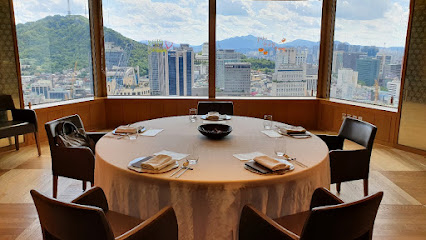
Pierre Gagnaire à Séoul
2.4 km
Savor exquisite haute French cuisine at Pierre Gagnaire à Séoul, where culinary artistry meets breathtaking views in the heart of Korea's vibrant capital.
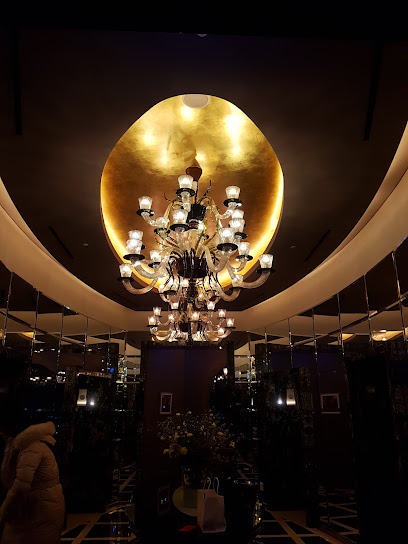
Markets, malls and hidden boutiques
MSK SHOP / Cafe Coin (Manado disk Shop)
1.1 km
Explore the essence of Korean fashion at MSK SHOP / Cafe Coin, where unique styles and exceptional quality meet in the heart of Seoul.

e-바다몰
2.0 km
Discover unique home goods and essentials at e-바다몰, where quality meets style for your living spaces.

YG Place Insa Branch
2.2 km
Explore the vibrant world of K-pop at YG Place Insa Branch, Seoul's premier music store, offering exclusive merchandise and a taste of Korean music culture.
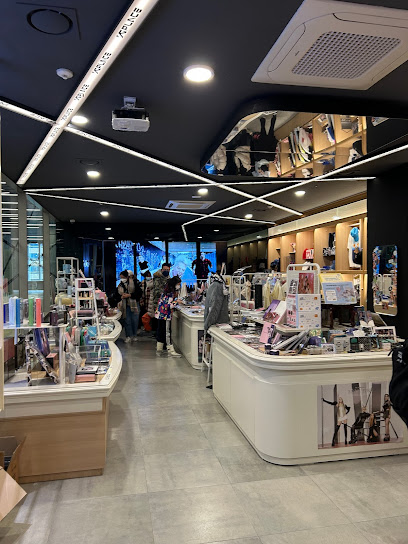
Object
2.2 km
Explore a charming souvenir store in Jongno District, Seoul, offering unique gifts and local crafts that reflect Korea's rich culture and heritage.
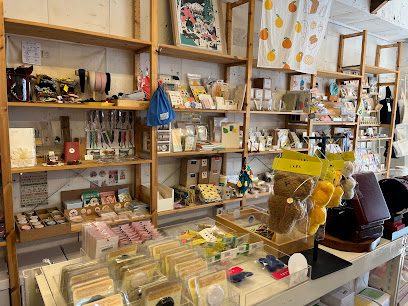
세령 (Korean HandMade Highclass Traditional Accessory)
2.2 km
Discover 세령: Your Destination for Exquisite Handmade Traditional Accessories in Seoul, Celebrating Korean Artistry and Culture.
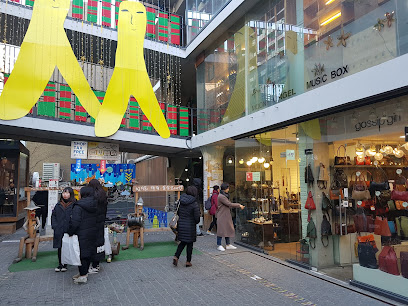
Kukje Embroidery
2.3 km
Discover the artistry of Korean embroidery at Kukje Embroidery, a unique gift shop in the heart of Seoul's Insa-dong district.
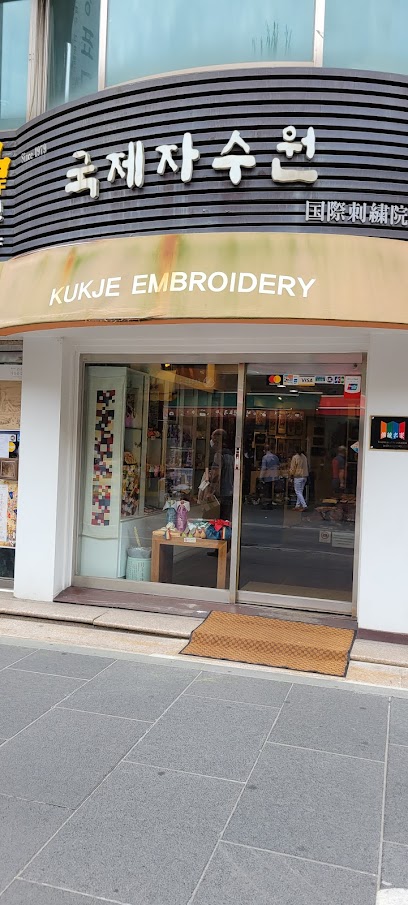
Moony Gongbang Music Box (무늬공방 도자기 오르골)
2.3 km
Discover the magic of handcrafted music boxes at Moony Gongbang in Seoul's Jongno District, where melodies and memories intertwine beautifully.
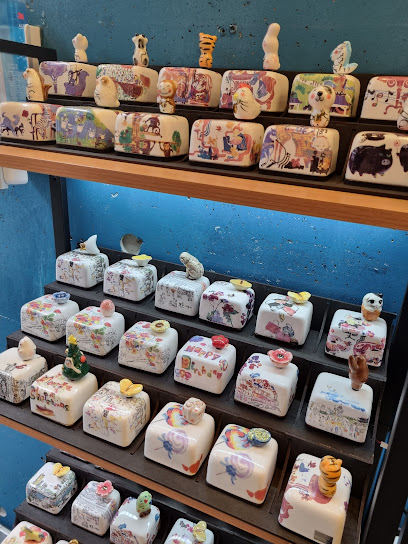
Ssamziegil
2.3 km
Explore the artistic heart of Seoul at Ssamziegil, where traditional crafts meet modern shopping in a vibrant cultural hub.
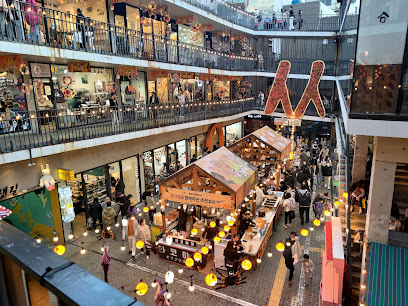
Etro Boutique
2.3 km
Discover the elegance of Italian fashion with unique prints and luxurious fabrics at Etro Boutique in Seoul, a must-visit for style enthusiasts.

Korean National Souvenir Center
2.3 km
Explore the Korean National Souvenir Center for unique handcrafted gifts and authentic cultural experiences in the heart of Seoul.
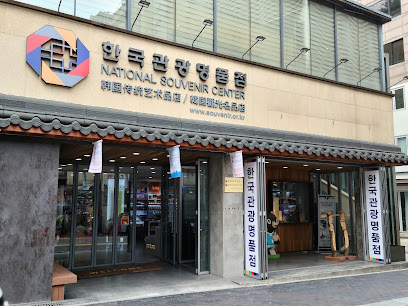
Insadong Vintage
2.4 km
Explore the rich tapestry of fashion history at Insadong Vintage, where each unique piece brings a story from the past to your wardrobe.
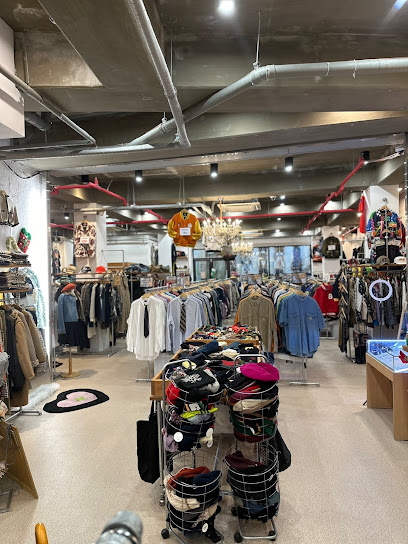
Sogong underground Shop #34 (Korean Ginseng Corp)
2.4 km
Explore Sogong Underground Shop #34 for authentic Korean ginseng products, offering health benefits and cultural insights in the heart of Seoul.
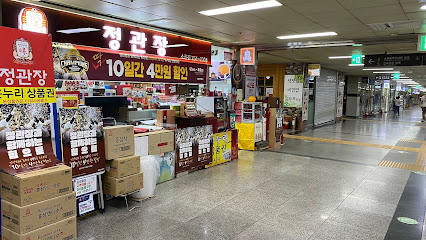
Yeon
2.4 km
Discover Yeon, a charming gift shop in Seoul, offering unique handmade products that reflect Korea's rich cultural heritage.

Insadong Bells and Wind Chimes Shop
2.4 km
Explore the enchanting Insadong Bells and Wind Chimes Shop in Seoul, a treasure trove of handcrafted gifts that capture the spirit of Korean culture.

인사1길
2.5 km
Explore the charm of Korean craftsmanship at Insa1-gil, a unique home goods store in Seoul's historic Insa-dong district.
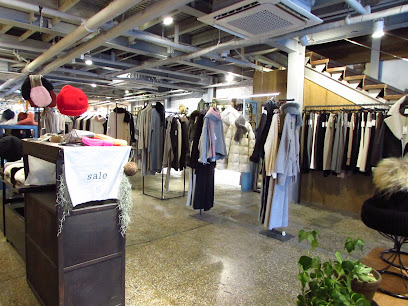
Essential bars & hidden hideouts
Bar Pomme
0.9 km
Discover the exquisite cocktails and vibrant atmosphere at Bar Pomme, a must-visit cocktail bar in Seoul's Jongno District.
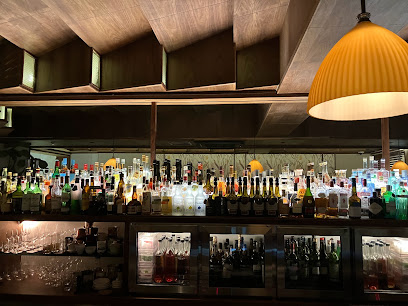
Bar Cham
0.9 km
Experience the art of mixology at Bar Cham, a cozy cocktail bar in Seoul's Jongno District, offering unique drinks and a warm ambiance.
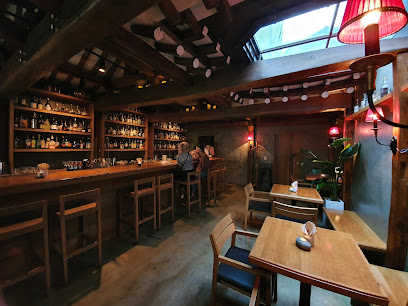
Cobbler
1.0 km
Experience the art of mixology at Cobbler, a premier cocktail bar in Seoul's Jongno District, where creativity and flavor intertwine.
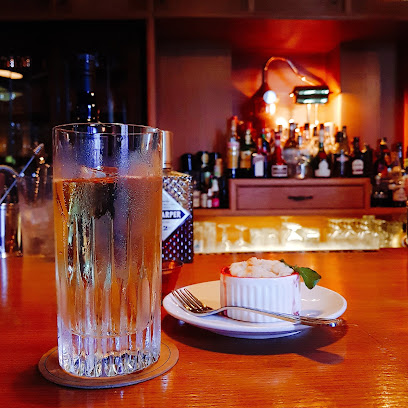
Tender Bar
1.1 km
Experience Seoul's nightlife at Tender Bar, a cocktail haven offering expertly crafted drinks and a vibrant atmosphere in Jongno District.
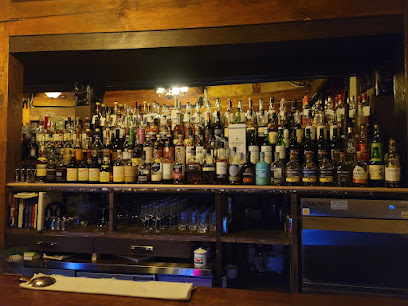
찰스 H Charles H.
1.6 km
Discover the perfect blend of elegance and modernity at Charles H. in Seoul, a sophisticated bar and dining experience.
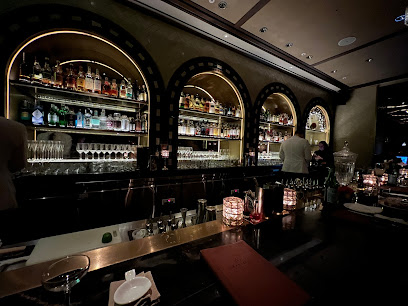
I Love Pub
2.2 km
Experience the vibrant nightlife at I Love Pub in Jung-gu, Seoul, where friendly service meets a lively atmosphere and delicious drinks.

Ghiwon22
2.3 km
Discover Ghiwon22: A chic cocktail bar in Myeong-dong, blending local Korean flavors with innovative drinks in a vibrant atmosphere.
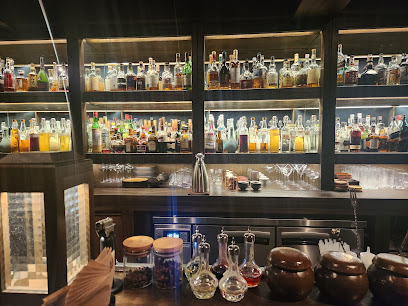
OB's Cabin
2.3 km
Experience the vibrant nightlife of Seoul at OB's Cabin, a live music bar where local talent shines in an intimate setting.
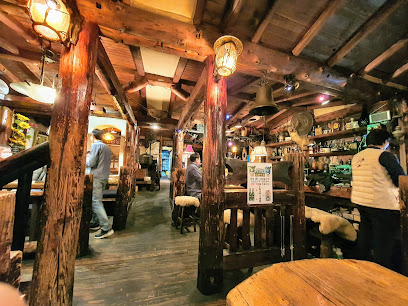
마당쇠호프
2.3 km
Discover the local charm of Seoul at 마당쇠호프, a popular bar in Insa-dong offering delicious drinks and a vibrant social atmosphere.
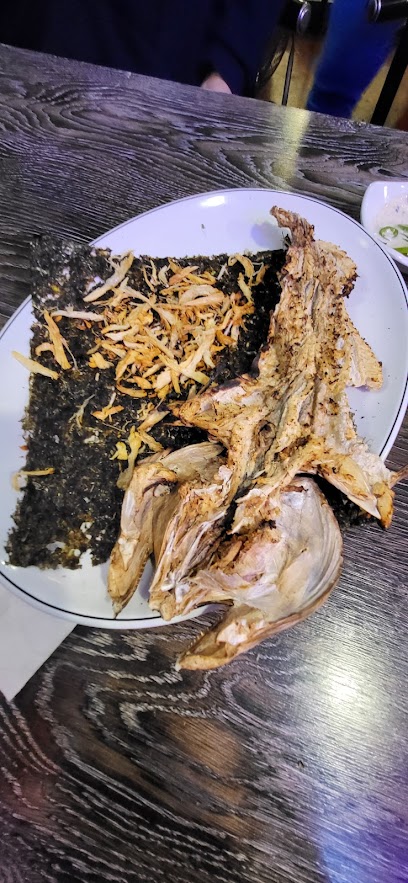
Tongkeun Imo
2.4 km
Discover the lively essence of Seoul's nightlife at Tongkeun Imo, a cozy bar in Insa-dong offering unique local drinks and a welcoming atmosphere.
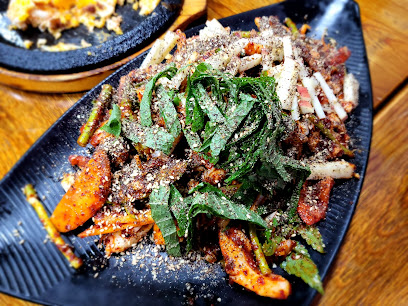
Seochon Dokkaebi
2.4 km
Discover Seochon Dokkaebi, a vibrant bar in Seoul that blends traditional Korean culture with modern nightlife, perfect for an unforgettable experience.
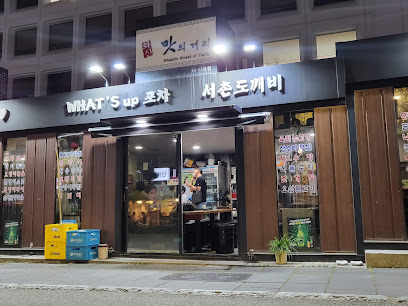
Pierres Bar
2.4 km
Experience the luxury of Pierres Bar in Seoul, where exquisite cocktails meet breathtaking skyline views in an elegant setting.
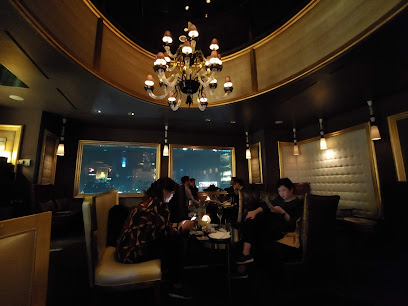
Tou
2.4 km
Experience the authentic taste of Korea at Tou, a Korean rice wine pub in Jongno District, where culture and flavor come alive.

The Drawing Room
2.4 km
Experience the elegance of The Drawing Room, a premier cocktail bar at Lotte Hotel, where exquisite drinks and a sophisticated atmosphere await.
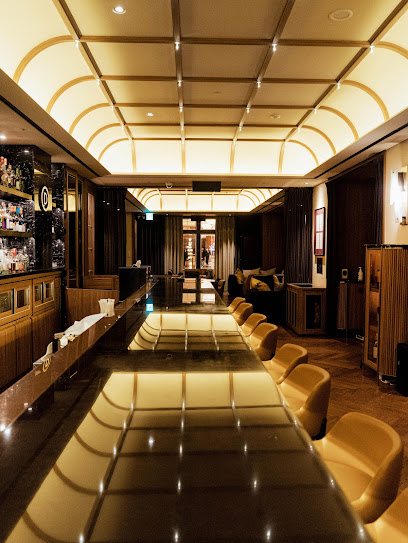
Jongnoilbeonzi
2.4 km
Discover the vibrant nightlife of Jongnoilbeonzi, a perfect bar to unwind in the heart of Seoul's cultural district, Insa-dong.
